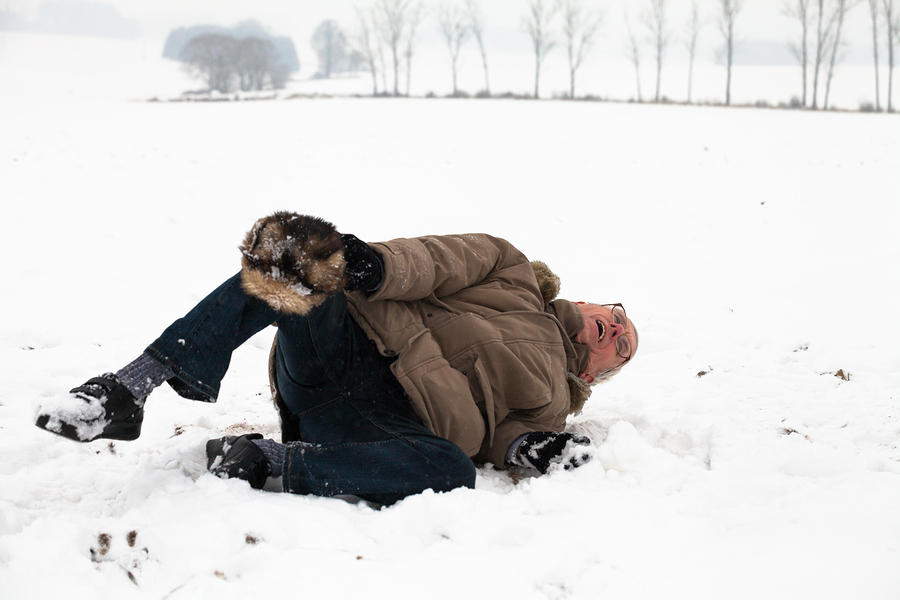When the leaves falling are telling you to grab a rake and get the yard clean, consider how easy it is to make the wrong moves and hurt yourself. Raking requires upper body strength and endurance. Warm up to yard work by exercising your primary muscles that include biceps, deltoids, rotator cuff, forearm and parascapular muscles. Do it before and after raking.

Simple exercises like arm circles, pendulums, forearm and upper trap stretching will help loosen these muscle groups. Proper posture while raking is a must. Stay upright, head up, shoulders back and don’t hunch forward. Good postural habits will prevent rotator cuff impingement, strain on neck and upper back and puts the upper body in position for the greatest mechanical advantage to create force and leverage. You’ll also use less energy. Once you’ve got those leaves raked into piles, now comes the real trial. The body’s trunk and core are being tested, requiring the lumbar spine and hips to generate force to move leaf piles. The strain is on your obliques, glutes, and hip rotators along with the lumbar extensor muscles. What that means is there’s a lot of muscle groups interacting to get those leaves moved. Never bend from the waist to pick up these mounting piles of leaves. It is vital to squat and bend your knees while you pick up leaves. Keep a flat back while you lift. This takes the stress off the lower lumbar spine eliminating the possibility of strains and sprains or worse injuries such as herniated discs and sciatica. Helpful, also, are warm up and cool down exercises such as hamstring, knee to chest, and trunk rotation stretches.
Winterize your body. For you anxious snowbirds with skis already racked up on the roof, prepare yourself with proper exercise. Knees, hamstrings, calves, back, shoulders, biceps and triceps all come into play on the slopes. Many of the exercises used in preparation for yard work, apply to winter sports. Trunk rotation stretches, hamstring stretches, light weight workouts with dumbbells for biceps, triceps and deltoids are important in preventing serious injury. Squats with light barbells for your quads, hamstrings, and glutes strengthen these important stress absorbing muscles. The spine and lower back also takes a heavy shock, absorbing a beating during both skiing and snowboarding. Prepare yourself with warm up knee to chest exercises, trunk rotations and quad and hamstrings stretches.

The physical torque on the hips is another skier’s stress moment. Whether you’re maneuvering moguls or into competitive downhill events, hips can take a beating in twists and turns. One of the most overlooked muscle groups which plays a dramatic role in performance is your hip rotators. The same potential injuries pertain to snowboarders who perform more like gymnasts than skiers. Torso twists, hip movement, high impact landing all combine to test even a professional’s performance. So, warm up on the carpet, floor, or exercise pad before you take on the powder. Proper exercise techniques, either at home or with a professional physical therapist or trainer, can keep you fit and in action throughout the winter.
Kyle Branday, MSPT, is a licensed physical therapist and partner at Amity Physical Therapy with offices in Woodbridge, Hamden and Branford. Kyle is a graduate of Quinnipiac University with his Masters in Physical Therapy and is a Certified Acupuncture Practitioner and certified in Dry Needling. He works with patients of all ages and ability levels, treating high level athletes with fractures and sprains to gait and balance dysfunction in the elderly. Kyle can be reached to set up an evaluation at (203) 389-4593 or visit www.amitypt.com


